My name is Thundyr, and this article forms part of my “Common Denominator” series, which looks primarily at decks using only Basic and Classic set common cards. These decks can be crafted from only a handful of total cards at the start of a new account but are strong enough to reach rank 20 and beyond.
Knowing the Metagame
Strategies for players with very few cards from expert sets are typically limited to Tempo or Midrange builds reliant on the strength of certain ubiquitous Basic Set cards: Shattered Sun Cleric, Gnomish Inventor, Chillwind Yeti, Sen’jin Shieldmasta, Boulderfist Ogre, and Stormwind Champion. While I will still use many of them in these decks (they are ubiquitous for good reason) , if we want to have an advantage over players with similarly weak collections, and therefore climb the ladder faster each month to hit rank 20 and guarantee that end of season reward chest, then we can take advantage of the lack of diversity between decks played at these ranks.
Essentially we will be facing the same strategy regardless of class, and our opponent will expect the same, so when we do something different we have the chance of gaining a match-winning advantage right from the start. This same technique applies when facing players with stronger collections and decks. They will know from the quantity and type of Basic set cards you play that your deck is weaker than theirs, and therefore that theirs should win. But complacency is its own enemy and the unexpected direction taken by an atypical “beginner” deck can upset the rhythm of the stronger deck long enough to snatch the win.
Zoolock
The Warlock hero power provides the platform for a strategy based on cards with low costs, in order to use it as often as possible to cycle through the deck quickly while playing a continuous stream of threats. The core concept is the fixation on winning the game before the self-inflicted health loss becomes relevant. The Zoolock strategy leaves its hope of winning the long game at the door, by specifically not attempting to regain the lost health and instead attempting to rush the board and keep it clear of enemy minions while dealing steady damage to the opposing player. Under such pressure the significance of the opponent’s bad draws or mistakes are amplified to the point where only a single misstep can cost them the game.
What’s the Plan?
The opening 3 turns are vital to the Zoolock deck’s success. It is here that it must establish control of the board by having minions in play where the opponent has none. As both players play minions of increasing strength, so the Zoolock player will “trade up” as much as possible, sacrificing smaller minions and spells to keep the opposition board clear while its larger minions deal steadily increasing amounts of damage to the opponent. As the opponent’s health drops below 15, the Zoolock player can look to save some damage in hand in order to “burst down” the opposing player for all their remaining health in a single turn.
The Opening
The Zoolock deck has many minions costing 3 or less, some of which summon additional minions, and the ideal start is to play a minion on each of the first three turns. Since the vast majority of these minions have higher attack damage than health, they are perfectly suited to trading up by killing enemy minions that cost more mana to summon. Vital to this strategy are Abusive Sergeant, Shattered Sun Cleric and Mortal Coil which essentially buff the attacking minion and increase its trade up potential without warning. Shattered Sun Cleric is worthy of particular mention as it buffs the target minion’s health as well, and this is often enough to save the minion as well as kill an opposing minion; the holy grail of trade ups where a disposable minion kills a more “expensive” one and costs the opponent a second card to remove.
Given this fairly rigid but vital start strategy, the mulligan has key importance. Unless one has the Coin and a pair of minions that cost 2 in the opening set, any hand devoid of a minion costing 1 should generally be binned entirely in order to find that turn 1 play. If one has a 1-drop, then try shape the hand to the ideal 1-2-3 shape without the Coin or any of 1-1-2-3, 1-2-4-4, or 2-2-3-4 costs with the Coin. While binning the entire hand does run the risk of landing oneself with an unsuitable hand of 3- and 4-drop minions post-mulligan, by far the worst start for a Zoolock player is to pass turn 1 and Life Tap on turn 2, either because there are no cards to play or any that can be played will be lost without costing the opponent a card. The occasional loss from a bad, “all-bin” mulligan is a small price to pay for the games that a trash draw turns to gold.
The Midgame
Since the Zoolock deck is going to try to win by turn 9 at the latest the midgame occurs from turn 4 through turn 7, where the player tries to use the advantage on the board to take chunks out of the opponent’s health. Chillwind Yeti, Frostwolf Warlord and Nightblade provide the primary threat, while Sen’jin Shieldmasta plays the role of both attacker and defender. Having a Taunt also provides the opportunity to leave the opponent with a smaller minion (instead of removing it) and force the opponent to “trade down” by spending more than 1 card to remove the Taunt. It has the added advantage that the non-Taunted minions can now attack the opponent’s face in order to bring him into “reach”; that level of health where he can be killed in a single turn. Judging when to use these tactics is part of the art of Zoolock, and indeed any aggressive strategy.
Given the number of smaller minions in the deck (and the minions that summon other minions), Frostwolf Warlord is at worst a 5/5 for 5, but can commonly land as a beefy 7/7. In either case the opponent will need a ready answer, which generally will cost most of their mana to play, allowing the minions that pumped the Warlord up to go to face for a change; a catch-22 situation that the experienced Zoolock player will exploit time and again.
The Endgame
While some games will end by simply overrunning the opposition defences, either with an overflow of minions or a carefully placed Silence from Ironbeak Owl to remove that final minion with Taunt from the equation, sometimes the opponent has wrested the board from the Zoolock player and is in the ascendancy. As long as the opponent’s life total is low however, the Zoolock player can use the hero power forcefully in order to draw into a “burst damage” win, by summoning a minion with Charge (Bluegill Warrior or Reckless Rocketeer) and then buffing it significantly with one or more Abusive Sergeants or Power Overwhelmings kept in hand for this express purpose. Soulfire is often held as a finisher as it may target the opposing player for lethal damage. Be sure to count your damage: 2x Power Overwhelming and the Soulfire will provide a minimum of 13 points of damage if one has any minion ready to attack the opponent unhindered, so its best to get your opponent’s life total below 13 before losing control of the board (and therefore all your in-play minions) as there is no guarantee one will draw all 3 of these spells. Sometimes the oft-overlooked Sinister Strike that comes from Nightblade is all the damage you need, which is one of the key reasons for its inclusion over a second Frostwolf Warlord, which is a dead draw once the board is lost.
Using the Hero Power
Good use of the hero power is vital to success with any class, but in particular the Warlock. With low-health minions and no ability to control the board beyond a few turns, the Zoolock strategy demands regular Life Tapping to provide sufficient fuel to defeat the opponent. Unless one has a poor hand, generally the first time we will dip for an extra card will come around turn 4 or 5, after which we will try to get the second draw every turn unless the board situation demands a different play that uses up all the available mana. It is also necessary to get into the habit of Tapping for the card before using the rest of the mana to play cards. The primary reason for this is that on turns when one expects to use the hero power, the card drawn may provide sufficient reason to change the plan for the turn.
Consider the case at 5 mana where one has Acidic Swamp Ooze in play, and the opponent’s board consists only of an Armorsmith. One decides at 5 mana to simply play Razorfen Hunter in order to remove the opposing 1/4 the following turn with a dual attack. Then one attacks to face with the Ooze and then Life Tap with the remaining mana because the hand has no other playable or relevant cards. But then one gets Shattered Sun Cleric off the Life Tap. *Sigh* Tapping first would have shown that the Cleric can buff the Ooze to a 4/3, which would kill the Armoursmith, give only 1 point of amour to the opposing player instead of 2, and the board presence is strengthened by having 2 minions to none (with the Razorfen ready next turn). This significantly stronger position did not even cost a card to achieve, and was made possible simply by having the habit of taking the extra card first.
The Zoolock Player’s Simple Rule: if playing minions or cards costing a total of X is the major play you can make on a turn where one has X + 2 mana, then Life Tap before doing anything and reconsider the plan. It may be that the plan can then be achieved on better terms or by using lesser cards, or you could suddenly have the ability to deal lethal damage to the opponent instead.
The Aggro Player’s Simple Rule: As far as possible resist having more than 4 minions in play as you run the risk of losing them all to a board wipe and having insufficient fuel in hand to retake the board. Applying the Zoolock Player’s Simple Rule will help you stick to the Aggro Player’s Simple Rule; by spending 2 mana to use the hero power you won’t accidentally over-commit minions to the board and you will have the additional fuel in hand when needed.
Deck Rating: easy rank 18, higher requires excellent knowledge of the metagame.
Upgrading the Deck : ~1000 Dust Budget
In truth there are many cards that will improve this 240 dust deck. Since we want to trade up often it is desirable to add cards that provide continuous attack damage buffs such as Dire Wolf Alpha (significantly better than Raid Leader due to the lower cost and the simple fact that you seldom have more than 2 other minions in play); just a single copy, mind, because it’s a pretty bad card when it’s a Lone Wolf. A single Dark Iron Dwarf is also a handy addition, cutting a Chillwind Yeti, as it allows a favourable trade-up with the minion targeted by its battlecry and provides a solid 4/4 body.
The so-called ‘sticky’ minions (those with a Deathrattle effect that spawns another minion) also provide direct upgrades on the minions that spawn minions as a Battlecry. Harvest Golem can step in for the Razorfen, not just because the secondary minion is stronger but because it dodges the mass removal spell that killed its parent (where Razorfen’s companion would be just as dead).
The deck also has a primary weakness in that many of the minions have 1 health or can easily be reduced to 1 health, making them easy pickings for several of the hero powers (Rogue, Druid, Mage) or the fairly common “Deal 1 damage” effects such as Whirlwind, Swipe, Fan of Knives and Arcane Missiles. Defender of Argus readily replaces Sen’jin Shieldmasta by not only creating a pair of Taunt minions, but also by buffing their health by a precious point.
Further optimizations can be made earlier in the mana curve as well, cutting the Bluegill Warriors and the fourth 4-drop for 1-drops like Flame Imp, Argent Squire (to buff with Abusive Sergeant, kill an opposing minion and live to tell the tale), Elven Archer or Worgen Infiltrator. This will help guarantee the first turn play without having to make risky mulligan decisions. Knife Juggler is also an obvious inclusion since we will be summoning many minions; just remember to play it before your other summons on that turn and to never play it without any follow-up minions. As a damage source it can come in for Shadow Bolt, which becomes unnecessary as the deck increases in power.
Finally, the grand-master of the Warlock burst endgame, Doomguard, is a direct upgrade of the Rocketeer as it has better stats and a lower casting cost. Its 7 health means it can hit play and often survive to attack again, where the Rocketeer is often only useful for bursting the opponent down. Just be careful about which cards it costs you; it’s better to play those cards first and lose them to a board clear, than to discard them without forcing the board clear and leaving the Doomguard exposed. Sometimes this means deciding between Doomguard and Soulfire, but sometimes even that choice is trivial. If you have a second Doomguard, cut the Frostwolf Warlord.
Deck Rating: easy rank 15.

Amazing indeed…
It is worth noting that not one of the neutral Classic set cards in either deck is not on my “Absolute Core” set of more-than-vital commons and rares.



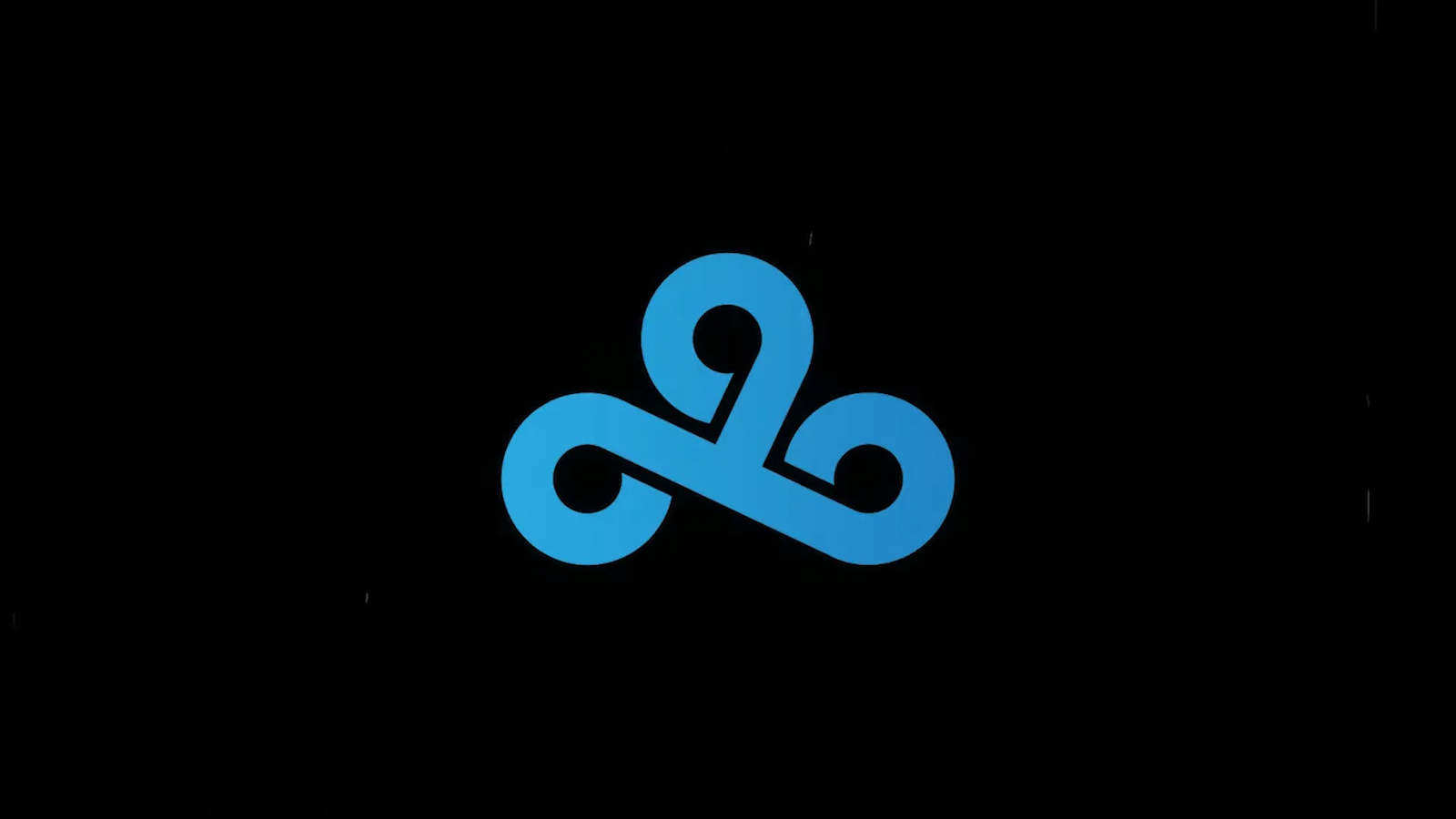

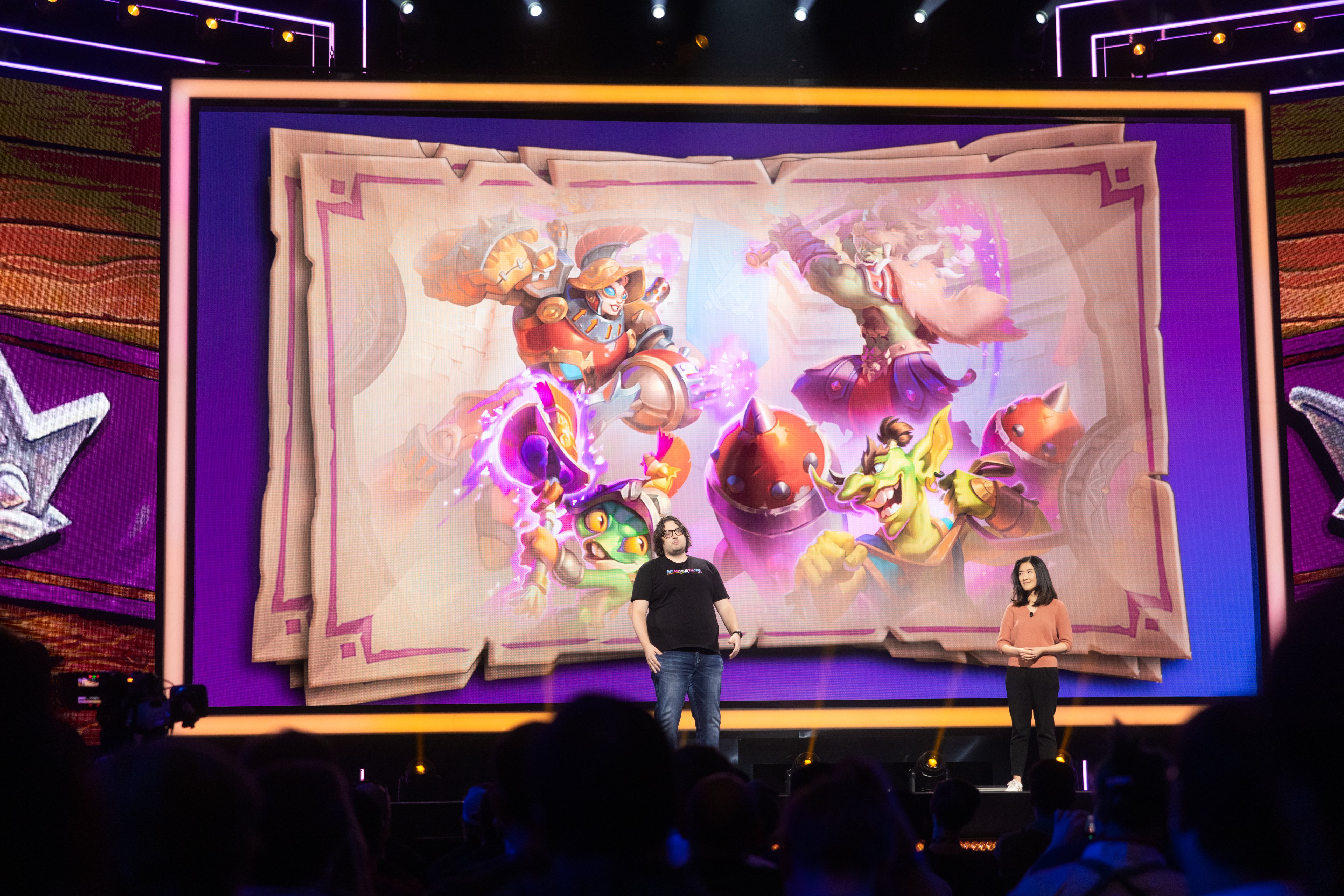
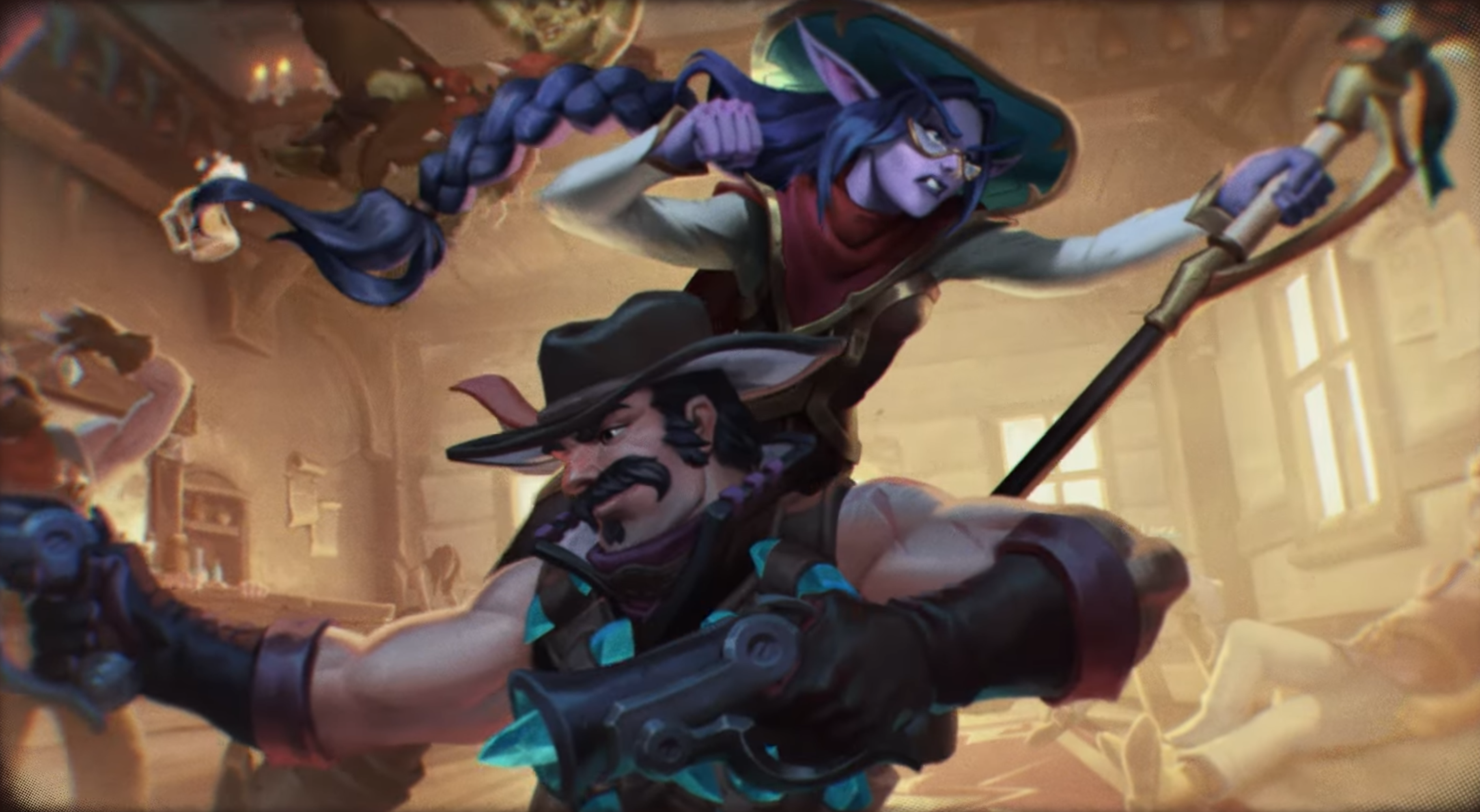
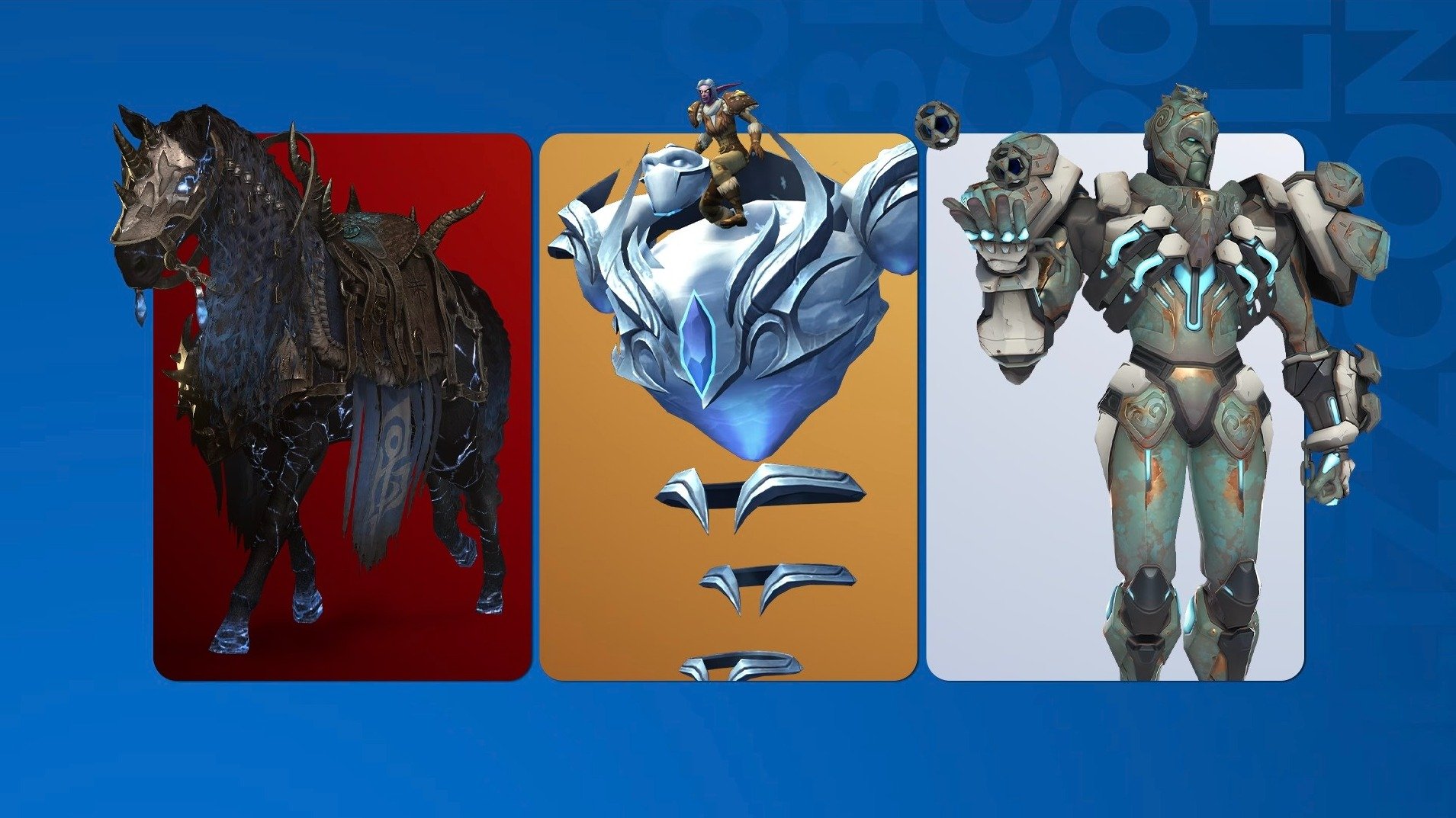
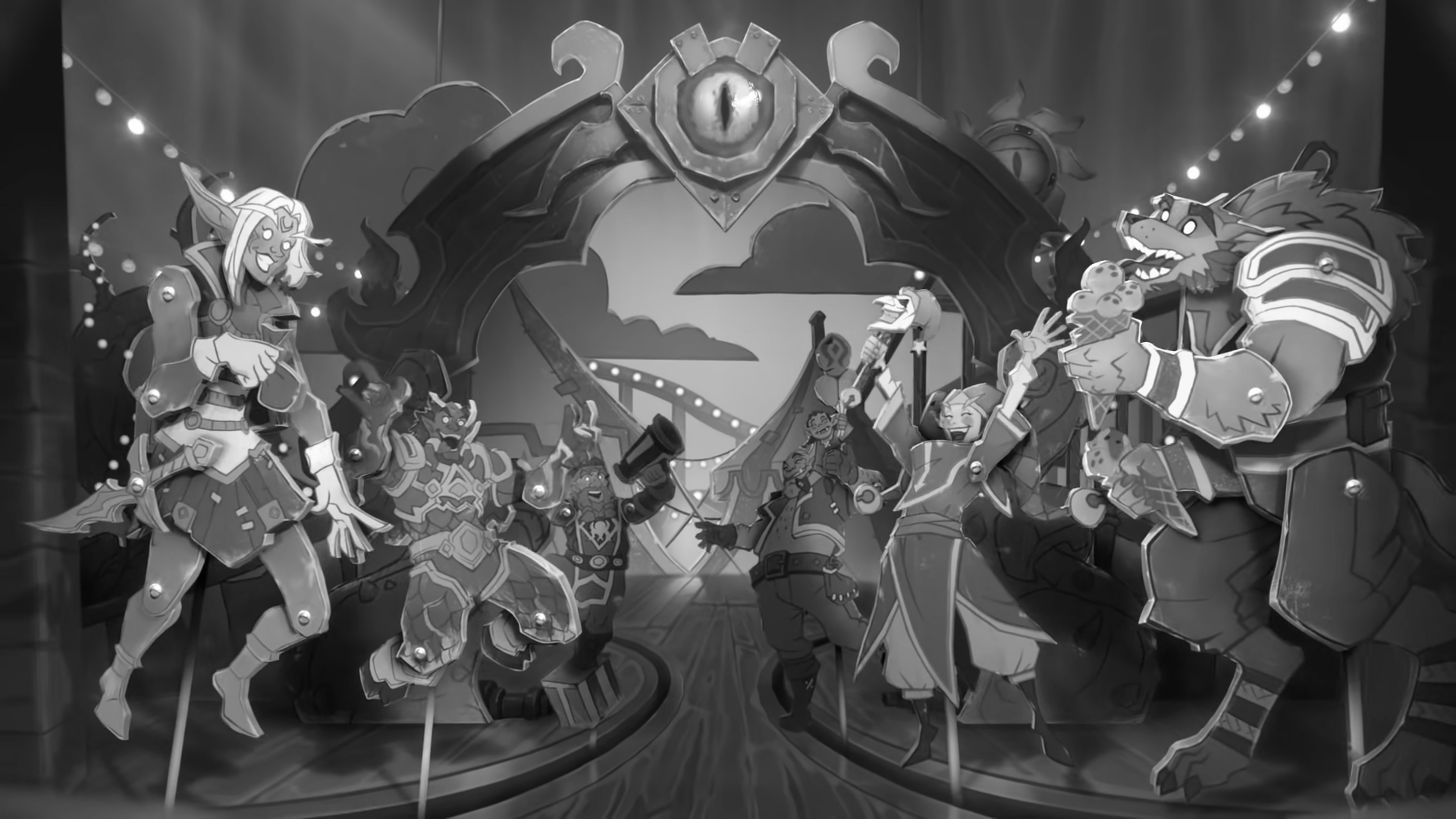
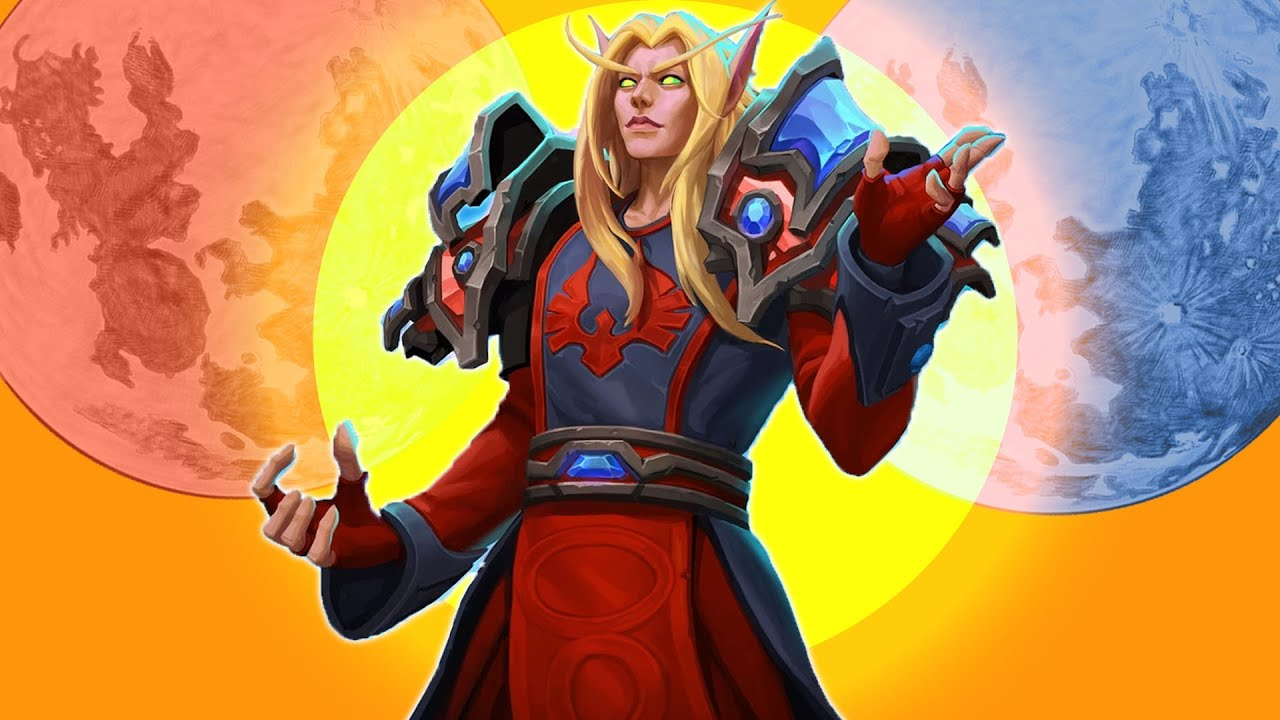
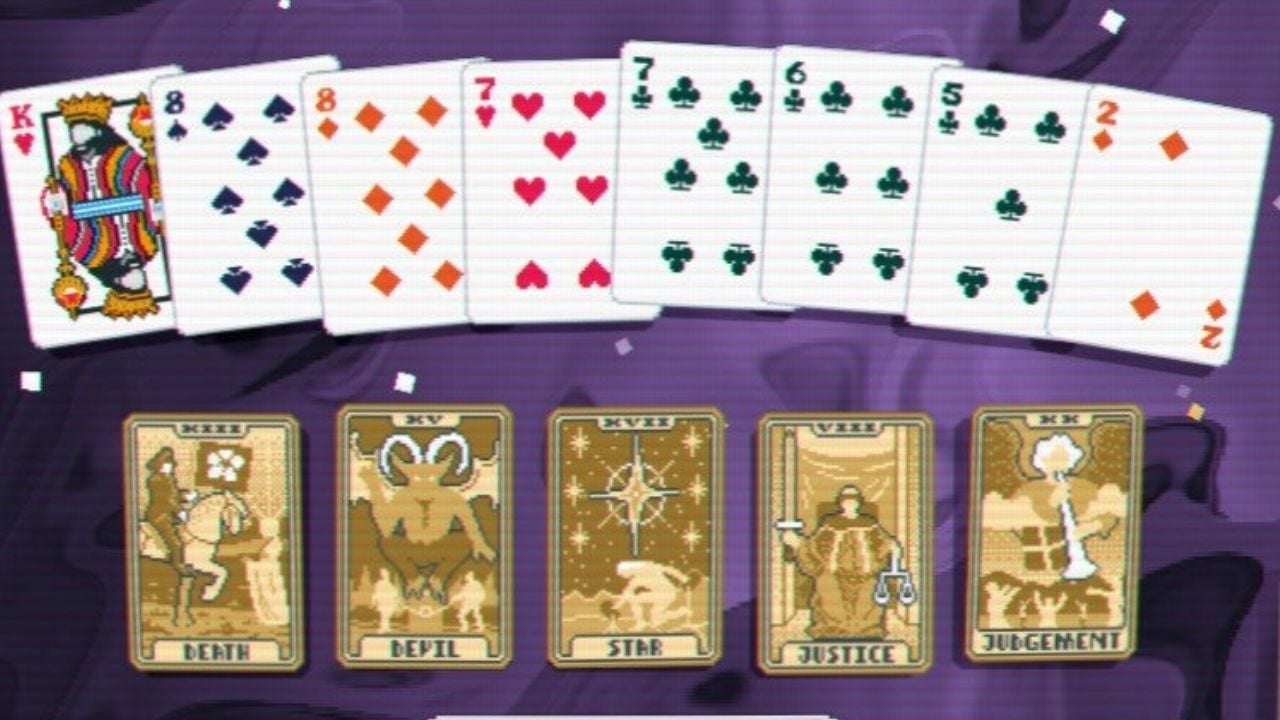
Published: Aug 17, 2016 10:18 am